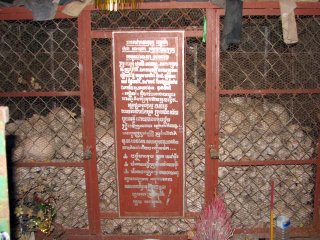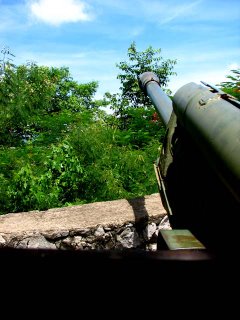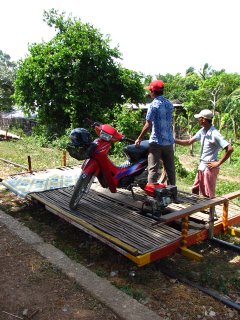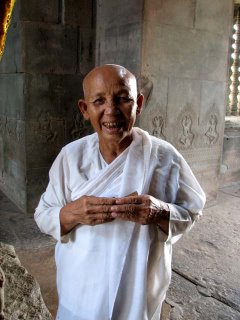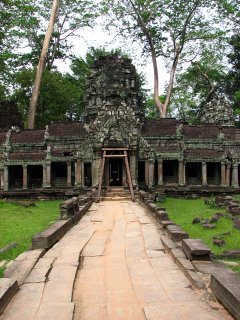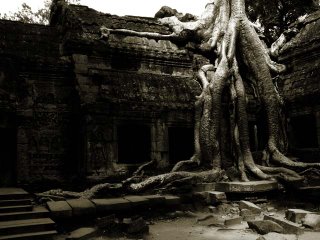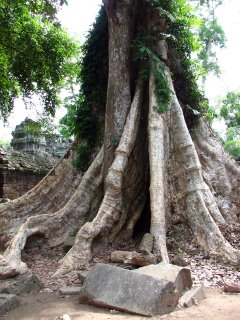Travel Day: Kampot - Clown Cars
Plans to catch the connecting bus from Phnom Penh to Kampot fell through (as they have a bad habit of doing lately) as I arrived just in time to see the ticket agent sell off the last seat of the day. Disappointed but still determined to see my journey through, I opted for the next best thing – a share taxi.
Now, a majority of the cars in Cambodia are Toyota Camrys in a wide range of vintages and states of disrepair. Why Camrys, you ask? They are partly subsidized by the Cambodian government (but I’ve heard that Toyota or the Japanese government may be involved as well) so that they’d be more accessible to the general public. The price, I’ve been told, is around $6,000 USD for a new one (in comparison, the base model in the States has an SMRP of $18,270 USD). It’s a bargain, no doubt, but they are still far from affordable for your average Cambodian, whose average monthly salary is purportedly around $25 USD a month.
Of the hoards of Camrys on the roads here, the majority are privately owned share taxis, their sole purpose to maximize profits by cramming in as many passengers as humanly possible. Like most other passenger cars, these little Toyotas are designed to comfortably seat five people including the driver. Two in front, Three in the back. Share taxis cram four in the front and four in the back. Imagine paying to ride in a clown car - that essentially sums up the experience.
You can see a passenger crammed between the door and the driver in this picture (there are also two passengers squished together in the adjacent bucket seat):
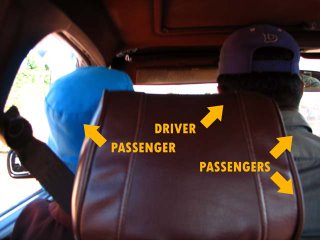
I opened my inbox not long after checking into my guesthouse in Kampot to realize that I’d completely forgotten my birthday amidst the confusion. I celebrated with the most expensive meal I’ve had in a couple of weeks – a big plate of spaghetti bolognaise ($2.50). mmm


